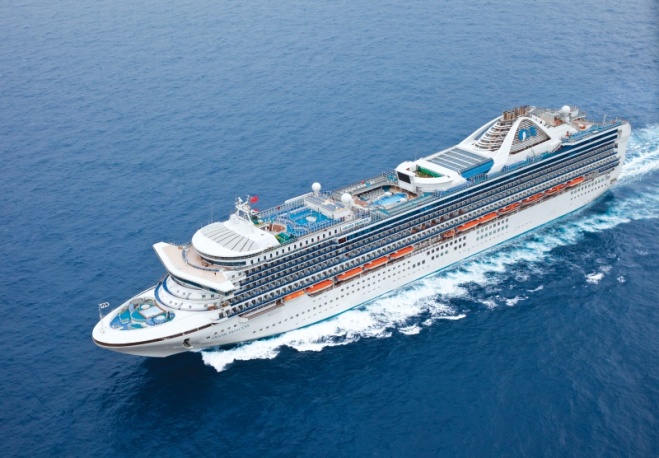
Cruising is not only enjoyable, it’s incredibly safe. Although it’s virtually impossible to say that the chance of an accident can be completely eliminated, you’ll be glad to know that you are in regulated safe contained environment rather than you would be if you were to travel anywhere else.
Inspections
The International Maritime Organization (IMO), a United Nations agency, is in charge of setting construction and safe operation standards for ships, and the U.S. Coast Guard enforces all these standards. The Coast Guard executes both announced and unannounced inspections on any ship that is stationed or docked at a port within the United States.
U.S. Coast Guard officials inspect the structure and mechanics of ships. In addition to examining fire alarm systems and lifesaving supplies, agents test the captains and other crew member’s knowledge of critical safety equipment and emergency procedures. They also check to make sure the crew can demonstrate how to use the steering systems, fire pumps and bilge pumps.
Lifeboats
FACT: The International Convention for the Safety of Life at Sea (SOLAS) mandated lifeboats be designed to be loaded with all passengers and launched within 30 minutes in the event the captain has called for abandon ship—even on the mega ships.
”The cruise industry continues to work on a global level to improve the safety of passengers and crew, which is our number one priority,” said President and CEO of Cruise Lines International Association (CLIA) Christine Duffy, according to the United Kingdom’s Telegraph newspaper.
Certification
Captains are trained and required to adhere to the strict regulations of the IMO. These standards are listed in the Standards of Training, Certification and Watchkeeping for Seafarers (STCW).
Any ship employee who holds navigation and engineering duties needs to have a Certificate of Competency. Those individuals who work on the deck and in engine departments must show proof of a Certificate of Proficiency, a document that states they have received the proper training to hold the job they’ve been given. All people working aboard a cruise ship must partake in an abandon ship drill and fire drill every 30 days.
Proper equipment
In addition to lifeboats and an experienced crew, cruise ships store various types of safety equipment. According to CLIA’s website, most ships that have CLIA certification have more than 4,000 smoke detectors, 500 fire extinguishers, 16 miles of sprinkler piping, 5,000 sprinkler heads and 6 miles of fire hose.
Sanitation
The list of guidelines and rules cruise ships must follow are extensive. Most of the major cruise lines are well within high scores in passing. The violations were often low risk and quickly resolved, such as, not posting a sign to wash hand above a sink. So, for a ship to get a perfect score is worth an applause. According to the Centers for Disease Control and Prevention Vessel Sanitation Program report, the following ships received a perfect score on a recent inspection:
1. Carnival
- Breeze
- Freedom
- Imagination
- Magic
- Pride of America
- Sensation
- Splendor
2. Norwegian Cruise Lines
- Norwegian Dawn
- Norwegian Jewel
- Norwegian Pearl
- Norwegian Sun
3. Holland America Cruise Lines
- Eurodam
- Noordam
- Volendam
- Zuiderdam
4. Princess Cruises
- Coral Princess
- Diamond Princess
- Grand Princess
- Star Princess
5. Royal Caribbean International
- Adventure of the Seas
- Jewel of the Seas
- Oasis of the Seas
6. Silversea Cruises Ltd
- Silver Spirit
7. Disney Cruise Lines
- Carnival Magic
8. Cunard Line
- Queen Mary 2
<<APPLAUSE>> Good job!
Call us
We’re happy to book you on a cruise with confidence of an enjoyable cruising experience. Feel free to contact us at 1-888-804-CRUISE (2784) or visit our website, www.CruiseExperts.com.




